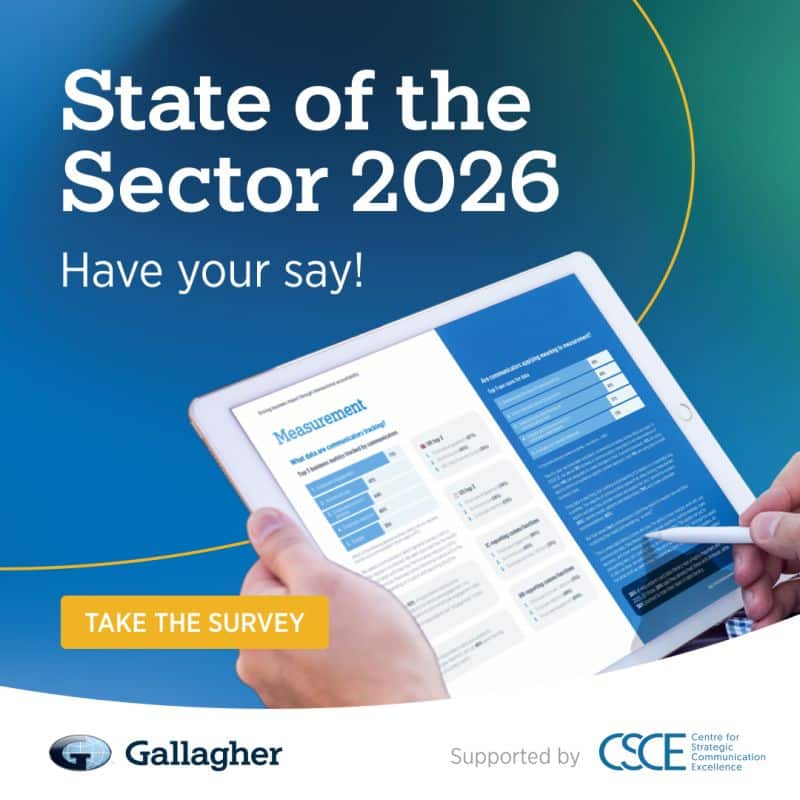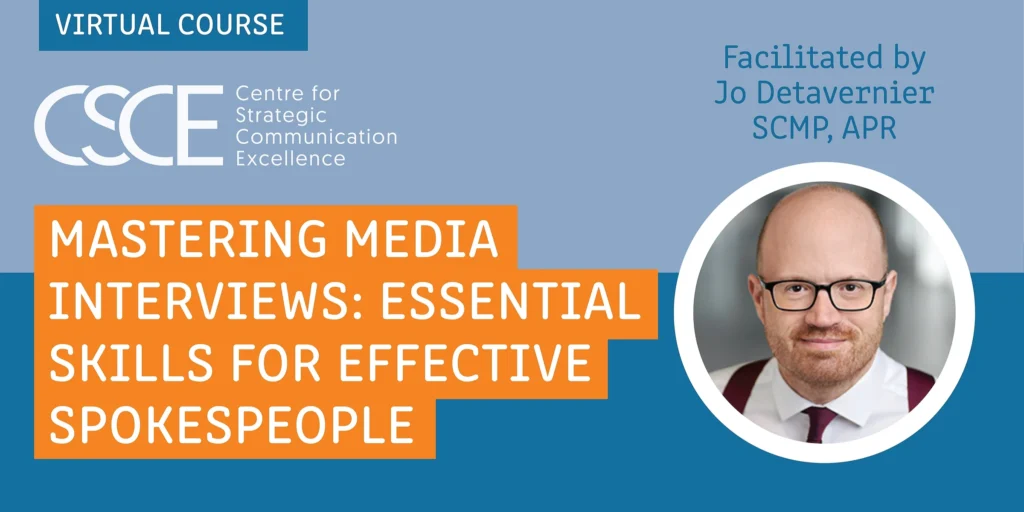I love words – I always have. At school, I thought the more unusual or descriptive the words, the more it would engage or pique the interest of the reader, earning me higher marks.
This may have been the case for literacy education but as I was to rapidly learn that isn’t quite so in the corporate world of effective communication practice.
It’s more than writing for business
If you do a business studies course, you’ll probably be taught how to write a business report using headings, subheadings, and a whole heap of bullet points. All of this helps to break up the written word and “chunk” elements to assist the reader, but it doesn’t necessarily engage the audience.
So, when I heard for the first time in my business career, ‘less is more’ my ears pricked up. Initially, I thought it was about stripping the daylights out of text to its absolute minimum. But then I understood it was about communicating clearly and concisely to your audience and not blasting every communication channel known to man to get your message across. In other words, know your audience.
Internal marketing vs engagement
Knowing your audience is key. If I was in a position to set up a communication function from scratch, I would employ a market researcher. Their role would be to research and survey all key stakeholders including employees. I have had some robust discussions throughout my career with internal marketing teams and even human resources functions especially when it comes to getting people to complete the employee engagement survey.
I remember in one large corporate, the marketing team decided to help encourage frontline staff to complete the staff survey by sending out fake engagement rings with a card saying, “Are you engaged?”, along with a link to the survey. As you can imagine, the response to that was not much. The ring just added to the collection of other corporate memorabilia, and it had zero impact on the completion rate and more importantly the engagement score. It was just noise to staff busy trying to service customers.
Can more be less?
In times of significant change or disruption, when anxiety and uncertainty is high then you could argue that more communication is necessary. When there is a communication void in this situation, it opens the opportunity for the rumour mill to expand and a Chinese whisper situation which can only end up causing more angst and confusion. BUT as we are seeing with the fallout of the pandemic too much information can still be overwhelming and confusing especially to a workforce that is burnt-out. This is explained in a recent Gallup article on how leaders can communicate change to a burned-out workforce. In fact, what is interesting in this article is that it goes back to the concept of “chunking” information, which I referred to at the start of this piece. However, it’s not just about breaking up content it’s also about allowing some breathing space for people to digest and assimilate the information. You must, however, always start by sharing the big picture of the change, just like an opening paragraph, and then quickly follow it with short-term focus on the nearest milestone. It gives people focus and direction.
Conversations are key
To appreciate and understand that employees and other key stakeholders are burnt-out you need to get to know them. You need to have had those conversations and conducted your research. Communication is all about conversation, which is two-way and isn’t a linear process. As Boris Groysberg and Michael Slind wrote in the Harvard Business Review ten years ago, by talking with employees, rather than simply issuing orders, leaders can promote operational flexibility, employee engagement, and tight strategic alignment. They identified four elements of organisational conversation that reflect the essential attributes of interpersonal conversation: intimacy, interactivity, inclusion, and intentionality. In other words, authentic communication!
At the end of the day, if you don’t know what matters to your audience then you don’t have a much of a marketing or communication strategy and you probably shouldn’t be sharing anything at all until you figure it out.





